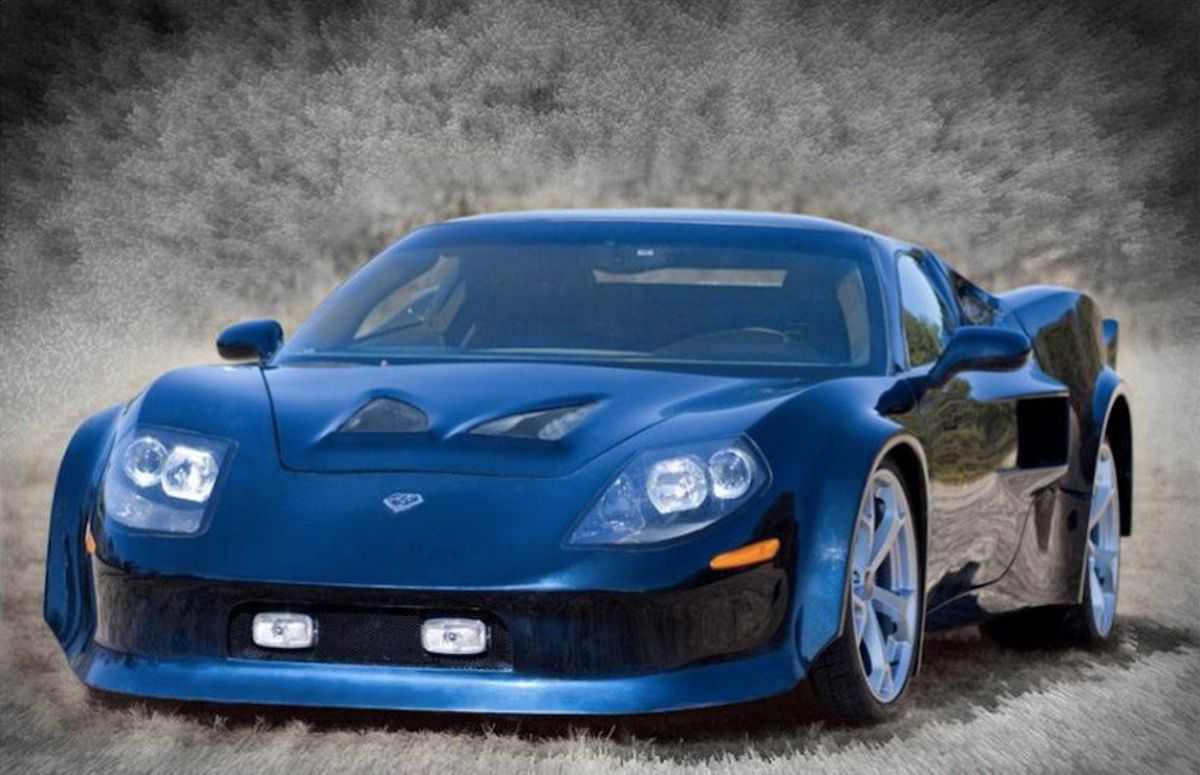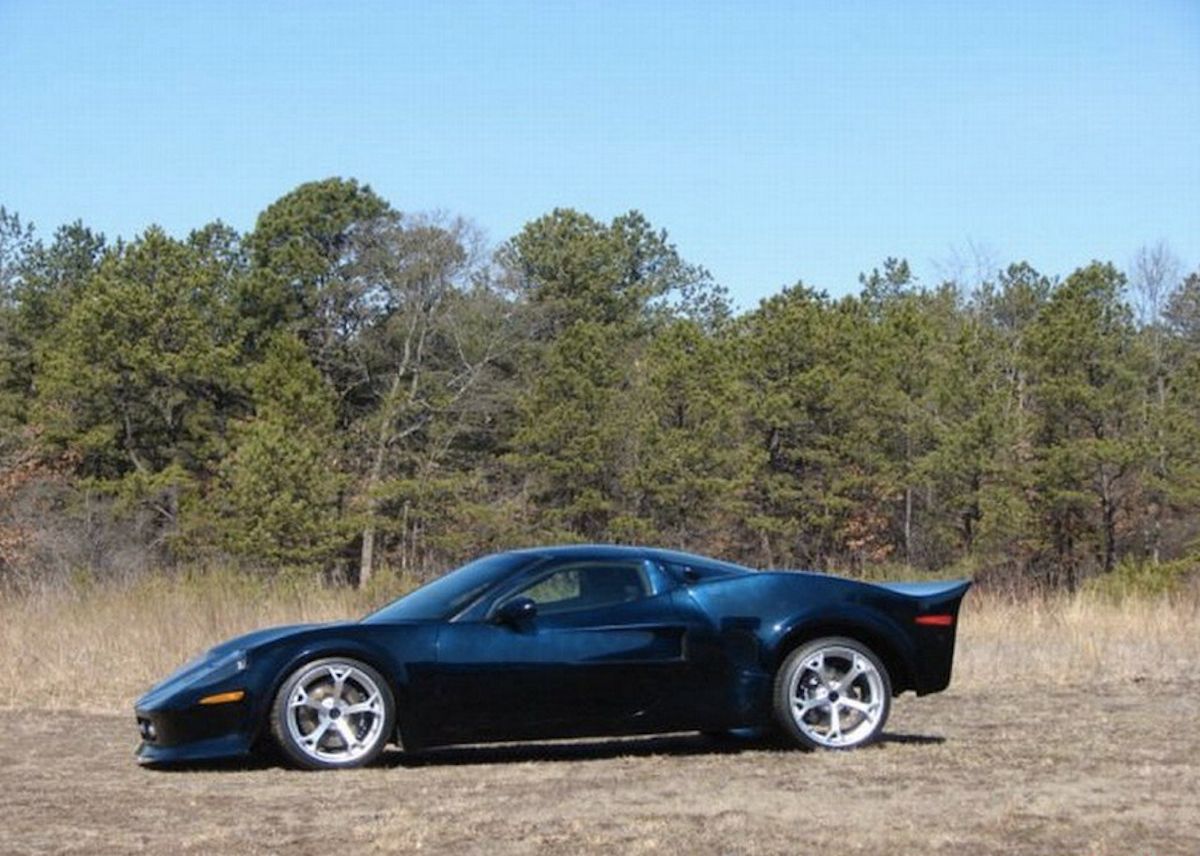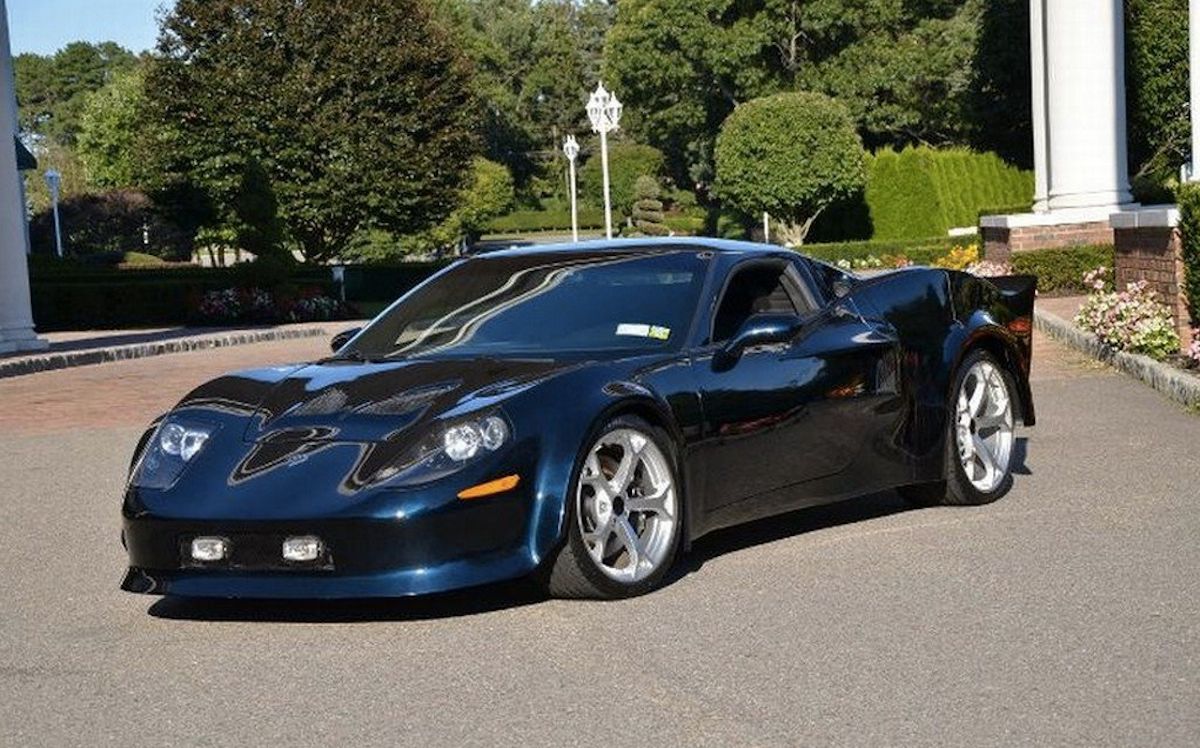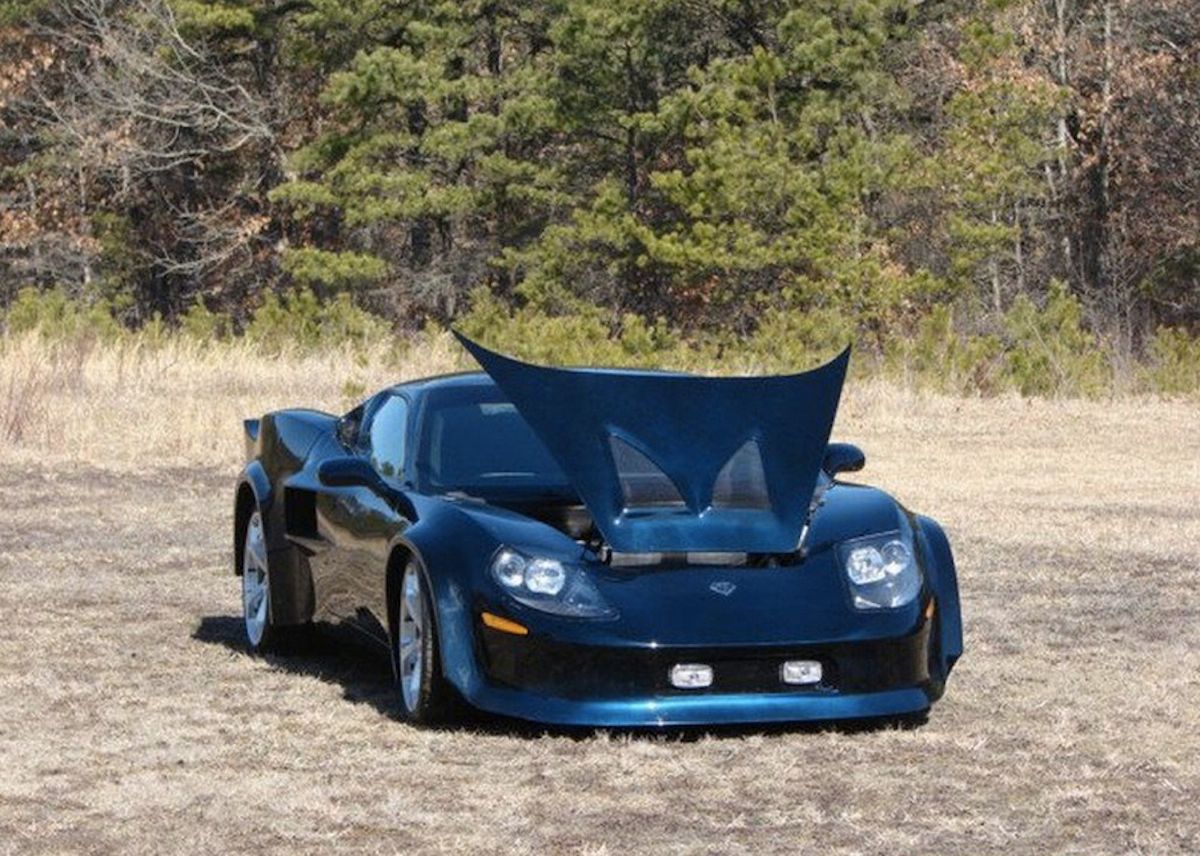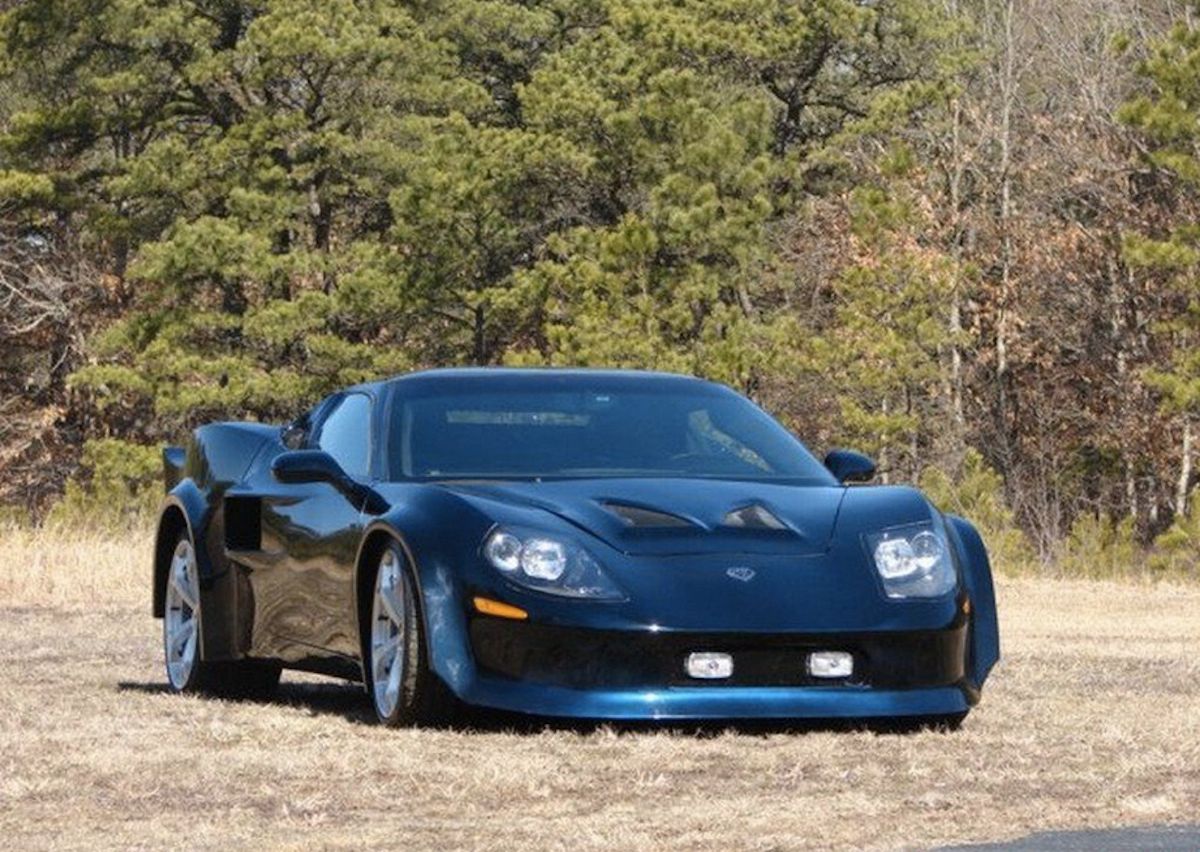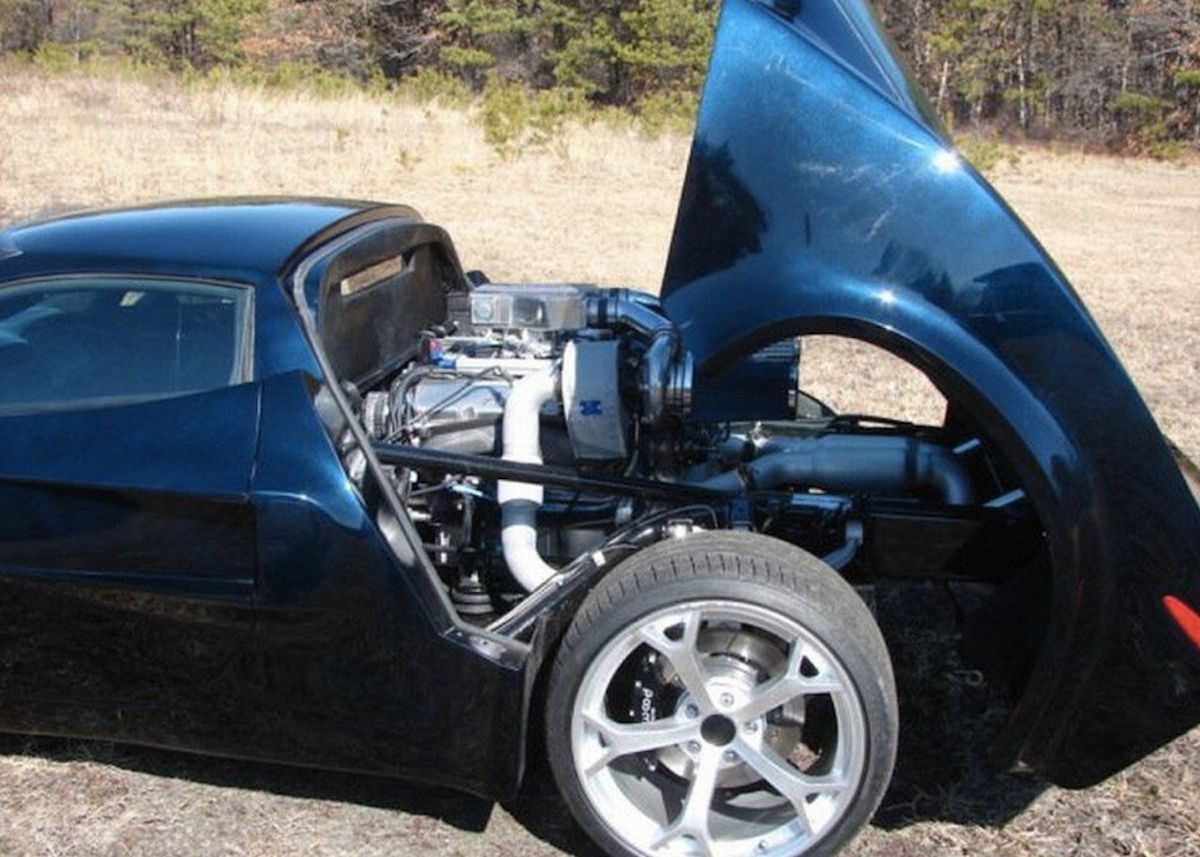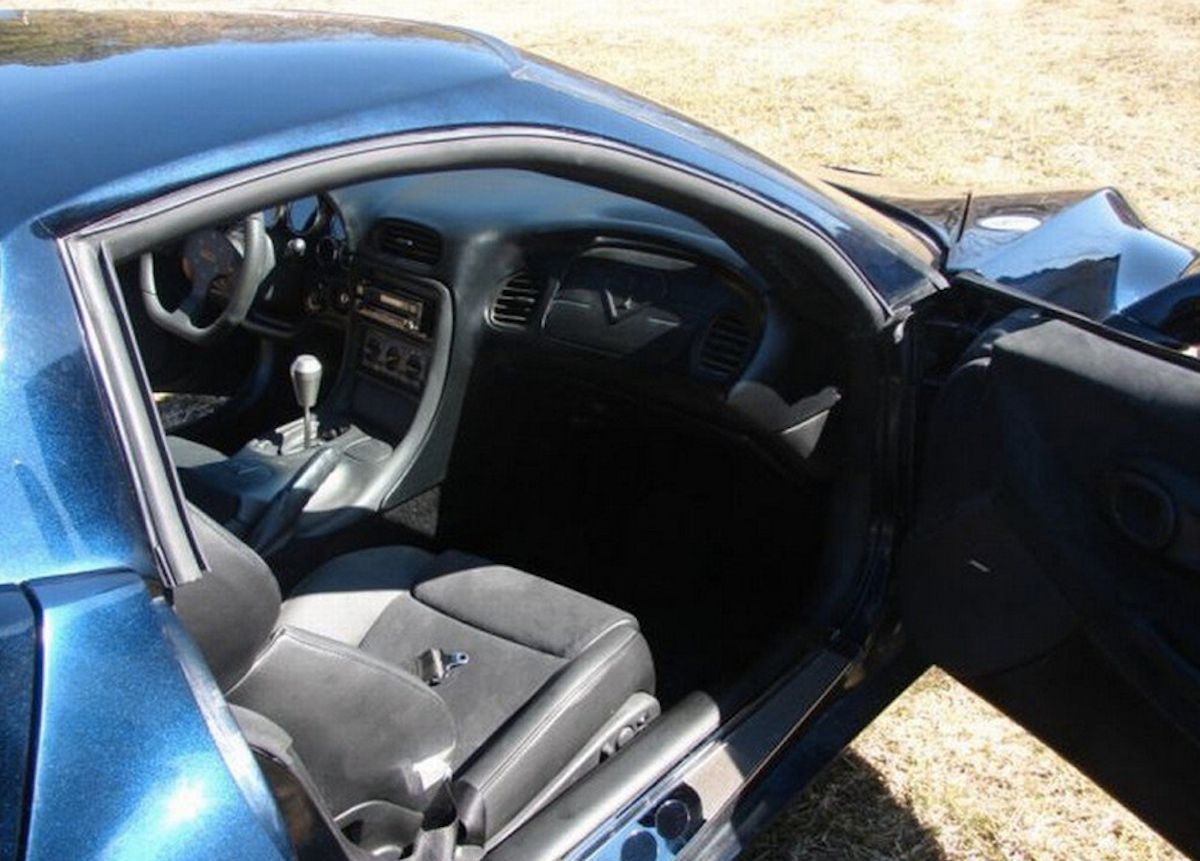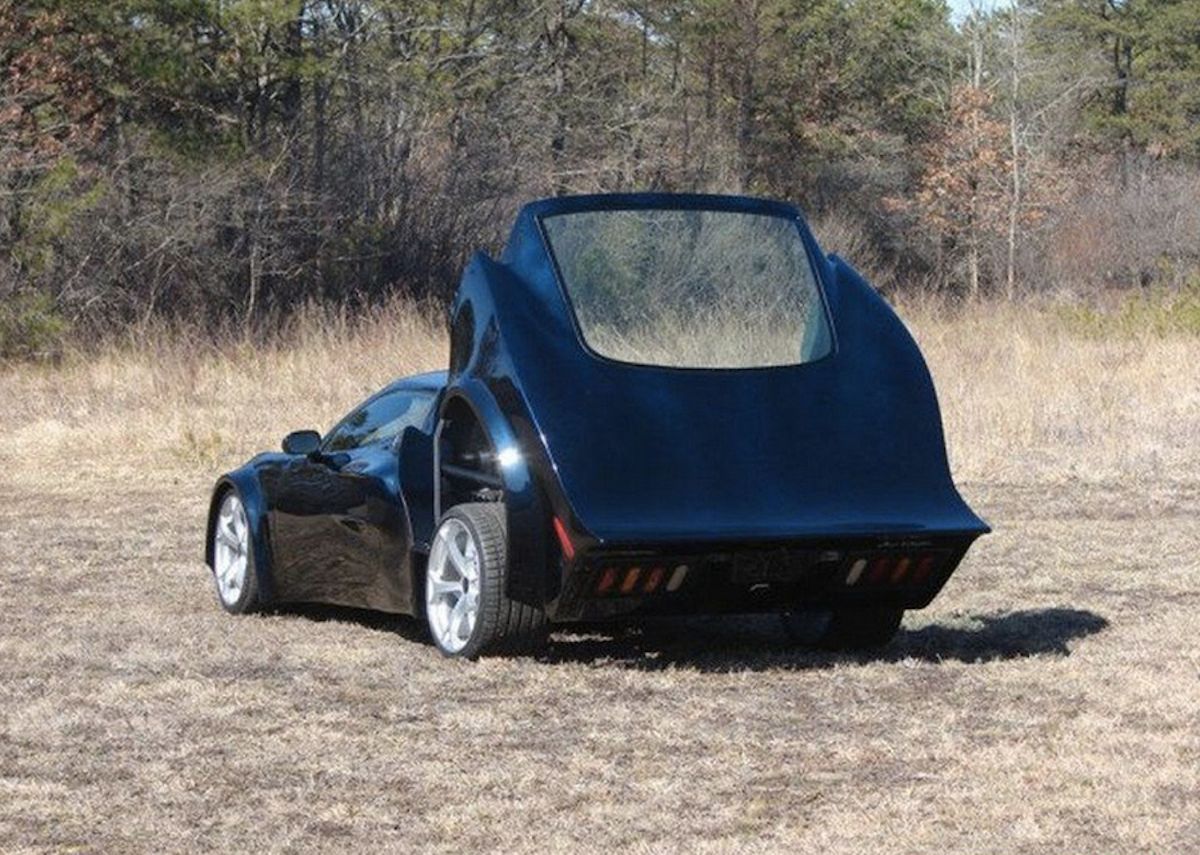Every now and then, A car shows up somewhere that is just ahead of its time. One such model is the Alessi AR-1. Alessi is a fiberglass manufacturer that designed the AR-1 to show off what it could do with fiberglass way back in 1979. It originally showed up as a concept at the 1979 New York Auto Show->ke226 and was eventually forgotten about – at least until 2013 when it surfaced yet again.
For 2013, Alessi Fiberglass upgraded everything about the car to bring it up to the current safety and productions standards. Plus, the AR-1 is limited to a production run of just 50 examples. There are no official production numbers to speak of as of 2016, but each one that has been built is truly a one-of-a-kind since each model is tailored to meet the customer’s specifications.
Being a limited-edition model, and being American-made, means the AR-1 is in a niche category where it competes against vehicles like the Saleen S7, Mach7 Motorsports Falcon, and the Hennessey Venom GT, to name a few. So, now that a few years have passed since the “new AR-1” has surfaced, let’s take a good look at the car and what else makes it so special.
Continue reading for the full story.
2013 Alessi AR-1
- Make: Array
- Model: 2013 Alessi AR-1
- Engine/Motor: V8
- Horsepower: 600
- Torque: 580
- [do not use] Vehicle Model: Array
Exterior
The most interesting thing about the Alessi AR-1 on the outside is the fact that the entire body is composed of hand-laid fiberglass with steel reinforcements in certain stress areas to make the body as strong as possible. Up front, the fenders and fascia are all one piece, so there is nobody crease ahead of the wheel wells. The headlights are recessed into the front end, with a clear lens that sits flush with the fascia for better aerodynamics. There are two vents on the front hood, but these don’t serve too much of a purpose as this is just a luggage compartment. There is a small cutout in the fascia down below where the is normally an air dam. Inside this cutout, there are two rectangular fog lights.
To the sides, the wheel arches protrude from the body at least two inches and sit out just a little farther than the wheels themselves. The doors have two very distinct body lines that create a channel for air to enter the air intake vents on the rear quarters. The rear haunches are muscular with the highest point being just ahead of the front wheel arches. The car rolls on 20-inch Aluminum Mag wheels in the rear and 19-inch Aluminum Mags in the front. They are wrapped in 325/25-series tires and 285/30-series tires, respectively. The overall design of the car’s side gives it a permanent raked look.
To the rear, the entire rear section of the body is a power-operated unit that lifts upward to expose the engine. To top of this rear section swoops upward at the edge to create and integrated wing. Down below the taillights are integrated into the rear body unit with four separate lenses that are surrounded on all sides by black mesh. The exhaust exits out of the rear in the center, just below the license plate.
Interior
On the production model of the AR-1, the interior is customized to each customer’s specification, so no two are the same. In the images we have here, the car featured a one-piece dashboard that had an integrated passenger airbag with HVAC vents on each side. There was also a large center vent up the radio. The climate controls were of a three dial design and look to be sourced from GM as it looks similar to the climate control module used on mid-2000s GM vehicles. The door trim panels look to be wrapped in Alcantara or possible a black felt, and it looks like the speaker covers on the doors have the “BOSE” logo.
The seats are powered and look to be primarily leather, with the same material from the door panels used for the center inserts. The car has a three-gauge cluster and a flat-bottom steering wheel. It looks like the carpet is of the cut-pile type. There is also a backup camera integrated into the rearview mirror.
Drivetrain
The AR-1 is powered by a GM-sourced, LS3, 6.2-liter V-8 with a 103.6 mm bore and a 92 mm stroke. It featured an all-aluminum block, 10.7-to-1 compression ratio, Sequential fuel injection, and a supercharger that produced 6 pounds of boost. It this form, it develops 600 horsepower and 580 pound-feet of torque, which is sent to the wheels via a five-speed or six-speed auto with paddle shifters, or a six-speed manual transmission. As an option, customers can trade in the supercharger for a twin-turbo setup that increases power output to 750 horsepower and 690 pound-feet of torque.
According to Alessi, the AR-1 was estimated to hit the 60-mph sprint in 3.4 seconds and the quarter mile in just 10.7 seconds. Top speed was said to be in the neighborhood of 200 mph. The keep the car firmly on the ground, the car featured independent front and rear suspension with unequal-length upper and lower control arms, air shocks on all four corners and front and rear sway bars. Steering was handled by a power-assisted rack and pinion setup.
Stopping power came from six-piston calipers up front and four-piston calipers in the rear. The front rotors measured 14 inches in diameter while rears measured 12 inches. The braking system was supported by a hydro boost setup that fed off the power steering system. All told, it wasn’t a bad package, and it’s even better that Alessi went with a GM-sourced engine to motivate this American supercar.
Prices
No pricing has ever been announced. When the word was dropped that Alessi would begin limited production of the AR-1, all it said was that pricing would be discussed at the time of purchase and that the final price will be dependent on the customer’s wants or needs. As of the time of this writing, there has still been no official word on pricing.
Competition
Saleen S7
The Saleen S7 had been around for quite a while when the “new AR-1” was finally announced, but it was also the first American supercar, so it deserves a place here as a competitor. It was powered by a 6.-7liter engine that delivered 550 horsepower and 520 pound-feet of torque. The car is said to have a 0-to-60 mph time of 3.9 seconds and a top speed of 200 mph. All told, the AR-1 is probably a little quicker in base form but is much faster with the twin turbo upgrade. It should be noted that the S7, also had the first rearview camera that displayed a live feed in the rearview mirror.
Read our full review of the Saleen S7 here.
Hennessey Venom GT
The AR-1 was faster than the Saleen S7, but Hennessey has something that packs a little more punch, well, a lot more, really. The Venom GT was based on a Lotus Elise and was originally limited to just five examples. It was powered by a 6.2-liter LS9 V-8 that came from the Corvette ZR1 and produced 725 horsepower. For those who wanted more, however, the Venom GT was also offered with 1,000-horsepower and 1,200-horsepower turbocharged engines. In its best form, the car could hit the 60-mph sprint in 2.5 seconds on the way to a top speed of 275 mph. The car sold for upward of $950,000 with the 1,200-horsepower powertrain in tow.
Read our full review of the 2011 Hennessey Venom GT here.
Conclusion
The AR-1 was really in a different bracket compared to something like the Hennessey Venom GT, but it's so worth considering it debut as a concept 33 years before it went into production. Plus, it is made by a fiberglass manufacturer as opposed to an official automaker. Just that in itself is enough to make the AR-1 special. For being the first car a company has made, I would have to say the AR-1 looked pretty good, and with 750 horsepower on tap (with the twin turbos,) it had enough power to keep you happy. It’s not as bonkers as the Venom GT, and didn’t have all the fanciness of the Saleen S7, but it was a pretty nice ride. If you happen to know of any living in the wild or have had the chance to drive one, please fill us in on the juicy details by dropping us line in the comments section below.


